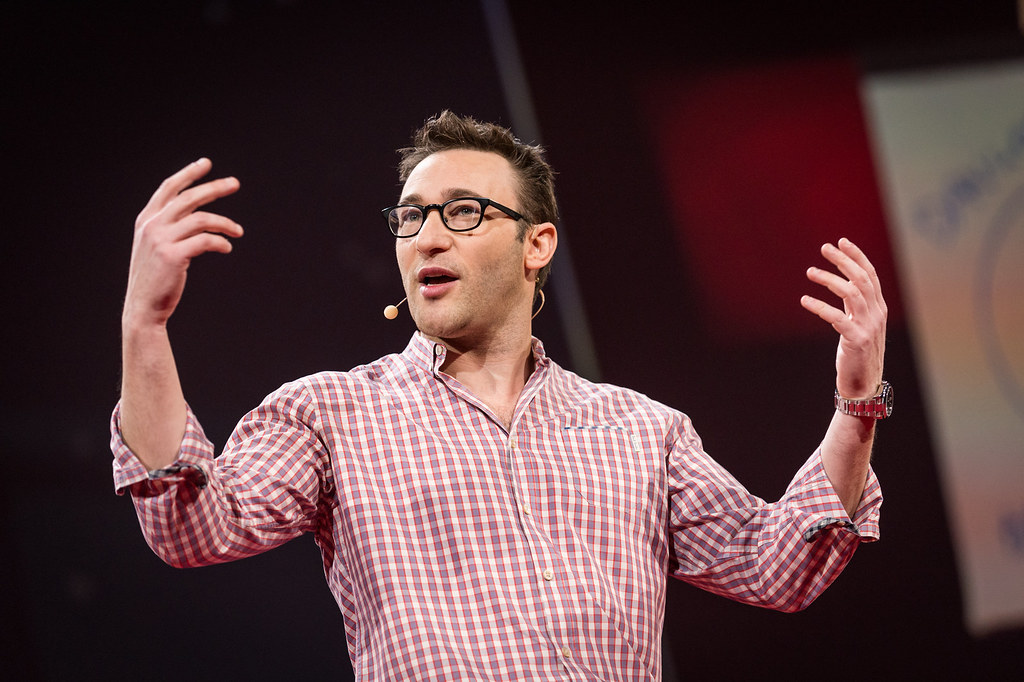In the latest episode of the Social Show, Francis Jette hosts strategist Rachelle Houde Simard, author of the book “Sociable”. An opportunity to draw parallels between the development of online communities and a strong corporate culture in a hybrid world.
Well-known in the digital world in Quebec, Rachelle has been passionate about community management, especially online, for over thirty years. “Much more than just a group of people gathering online,” according to her, in episode 16 of the Social Show.
Yet, her book doesn’t deal with social networks… but rather with ways to build strong corporate cultures in a hybrid world.
“The world of social media is moving too fast and already contains a lot of literature. I didn’t want to add noise to the noise,” she explains. The reality is that more and more entrepreneurs feel lost in developing their internal culture when their teams are no longer in the office. They no longer feel they have a culture when everyone only sees each other once a week on a small square screen on Zoom.”
For her, the connection is obvious: whether at work or on social networks, we are talking about online communities. And, good news, it is possible to create a specific culture in this digital setting, behind a screen.
4 Ingredients of an Online Community
Rachelle Houde Simard begins by recalling the 4 components of a community:
- Relationships
- Experiences (opportunities for socialization or celebration, for example)
- Shared stories
- And finally, the space in which the community gathers (whether it’s tools like Slack or Teams)
Thus, community managers will animate these communities by focusing on the relationships between community members, regardless of the spaces, stories told, or experiences lived there.
Social Media vs Social Networks
In contrast to “social media managers” who, for their part, focus more on the media platforms where social interactions take place. In fact, for the former Director of Strategic Planning at Tam-Tam\TBWA, it is important to make the distinction between “social media” and “social networks”.
“In social media, there is a more vertical dimension to dissemination. Whereas for a social network, it’s much more horizontal: you can remove the person in charge of the community, there will still be specific interactions,” she explains.
This explains the current disenchantment with social media, with users gradually disengaging or leaving the platforms. According to her, the shift came from Facebook’s decision, which was originally a pure social network, to introduce brand page advertising. These have thus become media in their own right.
“We saw the excitement of advertisers, myself included. Except we lost the art of socialization and human interactions in favor of a more social media function. The difference between an audience and a community is precisely this reciprocity!” she continues.
Praise for Compassion
In her book, she precisely discusses a notion that may seem out of place in the business world: compassion! She even talks about it as a strategic emotion.
Compassion is often confused with empathy or sympathy. Except that compassion is a series of skills. It’s about the ability to receive the other person’s need and to want to transform it through our intention and motivations into a solution that meets the person’s needs. Sometimes just through the reciprocity of emotions, sometimes through the implementation of a financial program.”
Contrary to what she has already heard in her professional experiences, this is not about pity. This skill is based on 3 elements:
- The ability to receive the needs and signals of others (being in a position to recognize the problem, whereas empathy is the ability to feel what the other feels and sympathy is the ability to understand, without having experienced it, what a person evokes)
- The intention we have to help others feel better
- And finally, the implementation of solutions to achieve this concretely
The role of a medium will be more to entertain or inform an audience. Whereas to animate an online community, it is necessary to bring this additional strategic skill by meeting their need to be understood. For Rachelle, the notion of hospitality is thus essential to create a strong online culture.
This implies sometimes revisiting performance indicators. And going beyond traditional quantitative engagement measures to focus on more qualitative signals.
The real question is whether people really need the community? In other words, what promise was made to them when they came and does it meet their expectations. That’s why I look more at whether people have received answers to their questions rather than the number of questions posted each day. Even if that’s not what algorithms value!” Rachelle points out.



 training.isarta.com
training.isarta.com 

